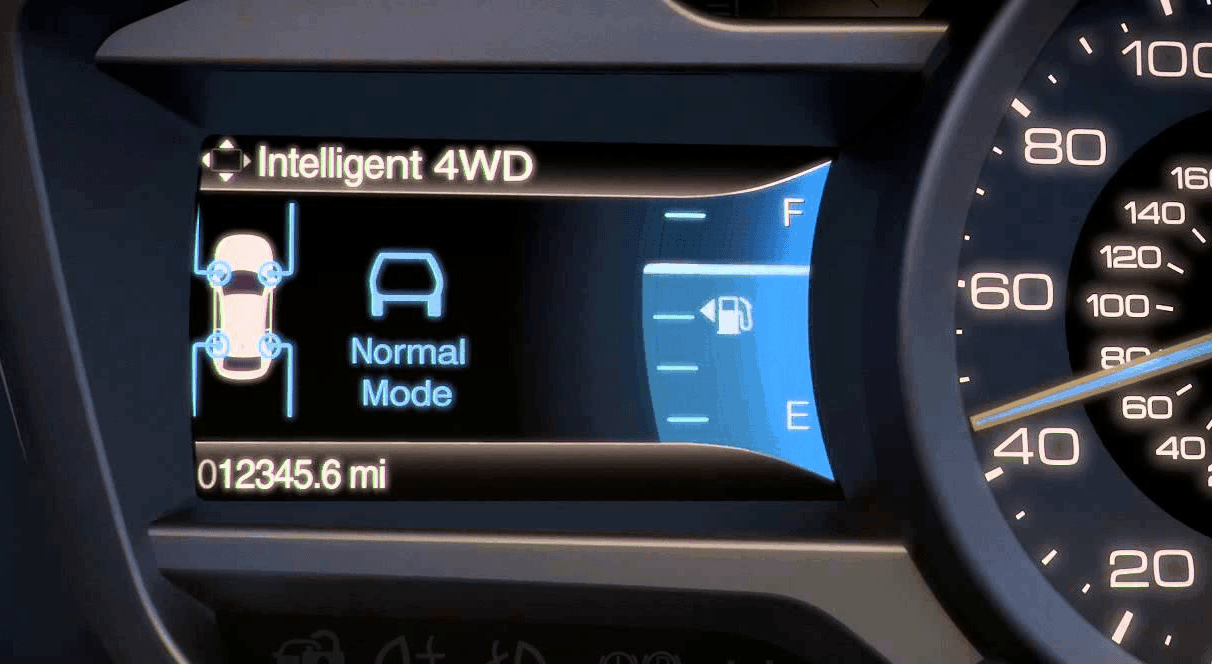How Ford Intelligent AWD and 4WD works
Although often confused, there are significant differences between an all-wheel drive (AWD) and a 4-wheel drive (4WD) vehicle. Let’s explore.

How does Ford Intelligent AWD work?
A Ford Intelligent All-Wheel Drive system monitors hundreds of pieces of data every second, including the car’s rate of acceleration, turning, steering wheel angle, speed, and accelerator pedal position. It will automatically adjust power and torque to the wheels as needed for increased traction or a smoother driving experience.
AWD is designed for regular road use and excels in slippery conditions such as rain or when driving over black ice. The AWD feature is typically found in sedans, SUVs, crossovers, minivans, or hatchbacks.
How does Ford Intelligent 4WD work?
A Ford Intelligent 4-Wheel Drive system is similar to AWD but provides the extra ability to handle rugged (or severe) off-road conditions, like sand, water, mud, rocky trails or steep hills with little natural traction. It can handle heavier loads than AWD.
Typically you will find 4WD in larger SUVs, jeeps, and trucks.
Is AWD better or 4WD?
Although 4WD could be considered a better system for its more advanced features, most drivers will never need to use its extra capabilities. However, if you do serious off-roading in areas with rough terrain or haul heavy loads, it may be worth considering.
Do AWD and 4WD improve breaking?
No. The benefits of AWD and 4WD are to provide power and torque to the wheels, they do not make a difference when it comes to stopping a vehicle.
